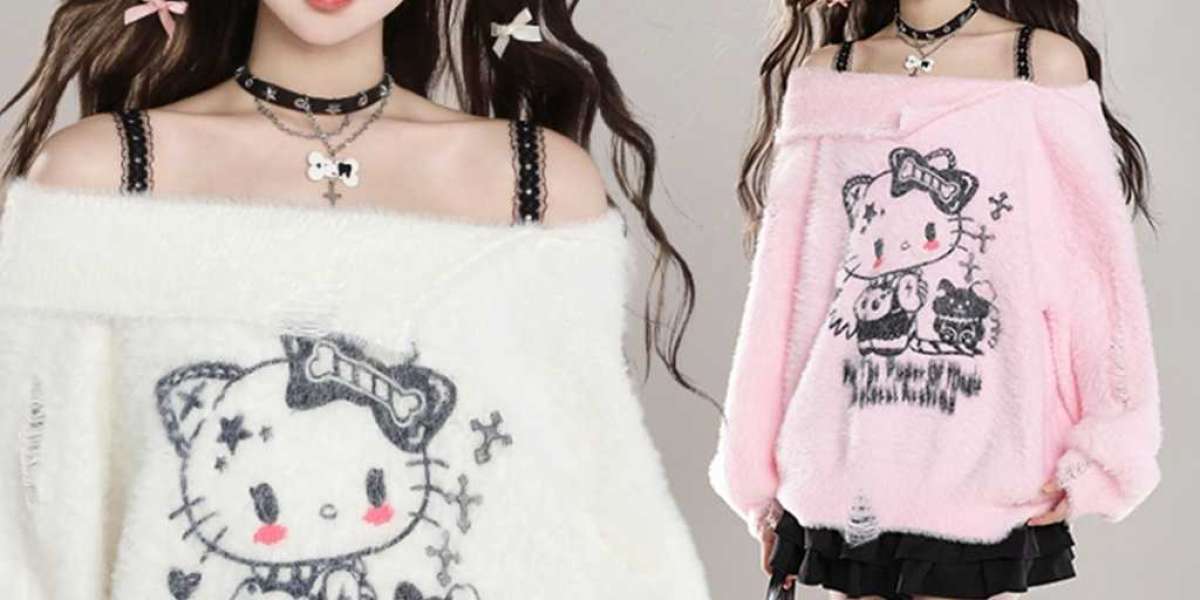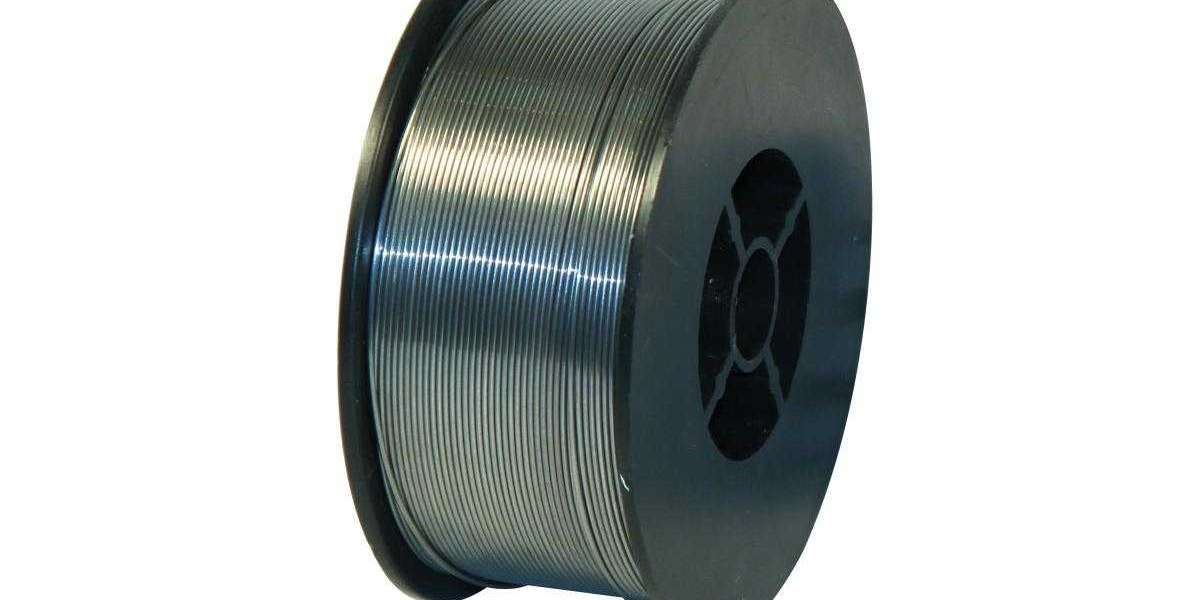Introduction
In recent times, the fashion world has witnessed a surge in the recognition of aesthetic kawaii outfits. Kawaii, a Japanese time period meaning "cute" or "lovable," has been embraced by individuals world wide as a fashion development that combines whimsical, colorful, and playful components. This article aims to delve into the science behind aesthetic kawaii outfits and understand the psychological and sociological factors that contribute to their attraction.
The Psychology of Kawaii
The idea of kawaii extends past just a fashion pattern; it's deeply rooted in Japanese tradition and aesthetics. Psychologists have studied the effects of cute or kawaii photographs on individuals and have discovered that they'll evoke emotions of happiness, warmth, and comfort. This phenomenon is known because the "cuteness response," which is believed to be an evolutionarily ingrained habits that elicits caregiving tendencies in people.
In relation to trend, incorporating kawaii components into outfits can have the same impact on the wearer and those around them. The vibrant colours, comfortable textures, and playful patterns generally found in kawaii fashion can evoke optimistic feelings and create a way of childlike surprise. This can result in increased levels of self-confidence and happiness in individuals who put on kawaii outfits.
Sociological Impression of Kawaii Vogue
Beyond its psychological results, kawaii vogue also has a significant sociological influence. In a world where conformity and societal pressures typically dictate what is considered fashionable, kawaii vogue permits individuals to express their distinctive personalities and creativity. This form of self-expression may also help people construct a sense of id and belonging within a community of like-minded individuals.
Furthermore, kawaii style has been embraced by varied subcultures, such as the Harajuku and decora styles in Japan, as well as the pastel goth and fairy kei movements in the West. These subcultures provide a sense of belonging and camaraderie for people who really feel marginalized or misunderstood by mainstream society. By donning kawaii outfits, people can signal their allegiance to a selected subculture and discover acceptance amongst their friends.
Aesthetic Attraction of Kawaii Outfits
From a purely aesthetic standpoint, kawaii outfits are visually captivating and engaging. Using vibrant colours, cute motifs, and whimsical accessories creates a way of visible harmony and steadiness. Additionally, kawaii trend often incorporates elements of nostalgia, akin to references to childhood cartoons, toys, and pop culture icons. This nostalgia factor can set off feelings of joy and nostalgia in individuals, further enhancing the enchantment of kawaii outfits.
Furthermore, the combination-and-match nature of kawaii vogue allows for limitless creativity and experimentation. People can mix various items, textures, and patterns to create distinctive appears to be like that reflect their private model. This freedom of expression is what units kawaii fashion aside from traditional vogue trends, which often adhere to strict guidelines and conventions.
Practicality of Kawaii Fashion
Regardless of its whimsical and playful appearance, kawaii style can also be sensible and functional. Many kawaii outfits are designed with consolation and versatility in mind, making them suitable for on a regular basis wear. The use of tender fabrics, loose silhouettes, and adjustable accessories ensures that people can move freely and comfortably in their kawaii outfits.
Moreover, kawaii style is inclusive and accessible to people of all ages, body varieties, and gender identities. There are no strict rules or tips in terms of wearing kawaii outfits, permitting people to express themselves authentically and confidently. This inclusivity is a key issue in the enduring popularity of kawaii style among various groups of individuals.
Conclusion
In conclusion, the science behind aesthetic kawaii outfits reveals a posh interplay of psychological, sociological, aesthetic, and practical components. From evoking emotions of happiness and nostalgia to offering a sense of identity and belonging, kawaii fashion has a profound affect on people and communities world wide. By embracing kawaii style, individuals can express their creativity, individuality, and joy in a visually captivating and inclusive manner.







